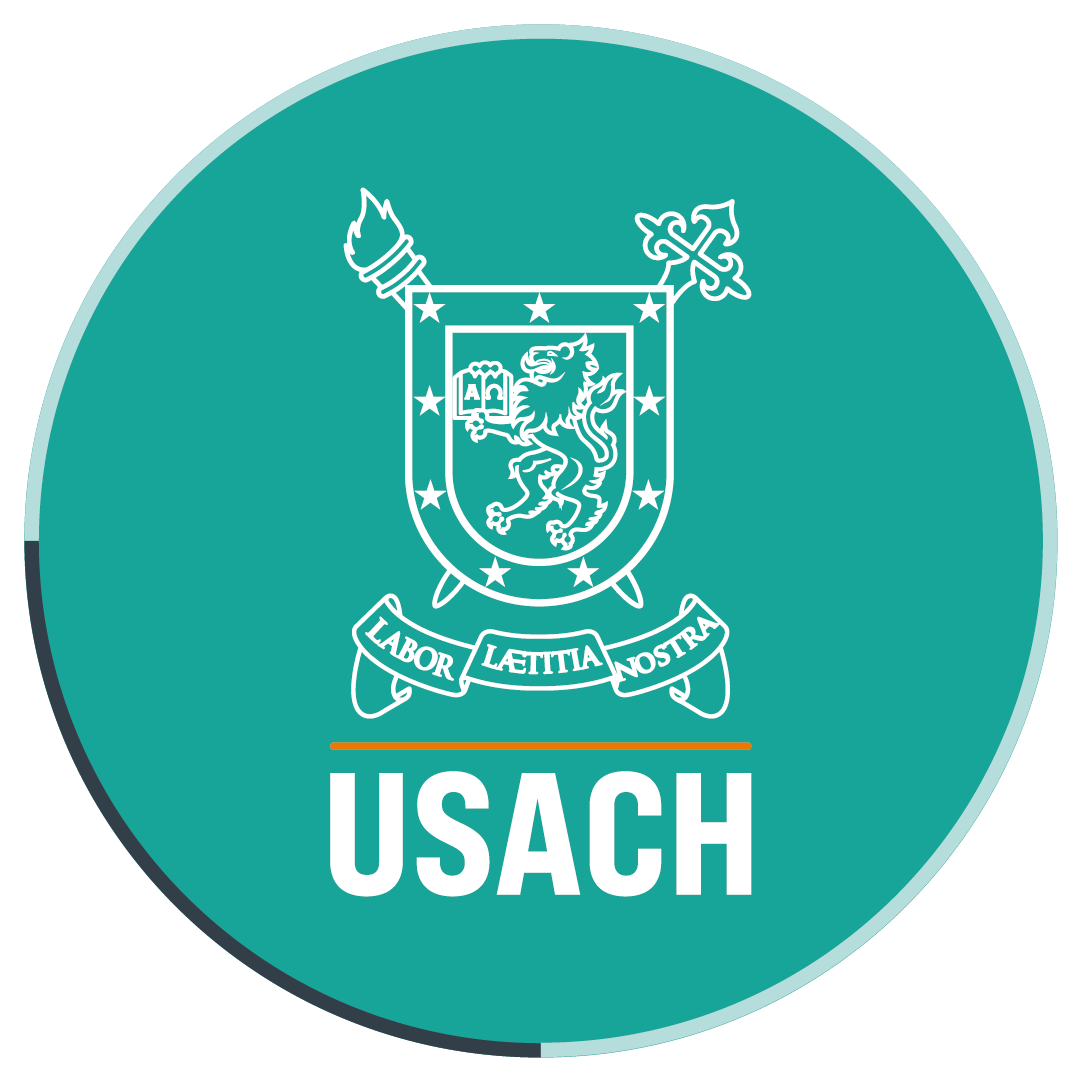Researcher proposes new process to dry secondary sludge and use it as biofuel
- Using secondary sludge from industrial water treatment, researcher César Huiliñir, professor at the Department of Chemical Engineering, developed a new mathematical method for the biodrying process that proposes to reuse this sludge as biofuel. This technology proposal is supported by a Fondecyt Initiation Project.
After three years of work using secondary sludge from industrial water treatment, researcher César Huiliñir, professor at the Department of Chemical Engineering, developed a new mathematical model for the biodrying process that proposes to reuse these residues.
The proposal is one of the results of his Fondecyt Initiation Project (11121160), “Development of a new dynamic model for batch biodrying process of dewatered sewage sludge”.
According to the researcher, the sludge disposed of by industries has 80% of water, i.e., for every kilo of sewage sludge, an amount of 800 grams of water is lost. Besides, companies have to pay for removing this waste to prevent accumulation of residues and potential odours in their facilities. For this reason, finding an alternative solution may reduce costs.
“We bet that, if we reduce the amount of water of secondary sludge, it can be fed as fuel into boilers. That is why companies like paper mills can be benefited: if this works, it will allow them to reduce removal costs. We could use that sludge, burn it, and change it into a new type of biofuel, as it has already been done in Holland and Canada, where there are specific examples of mills that have implemented similar systems,” he said.
For this purpose, professor Huiliñir and his research team proposed a mathematical model- very easy to implement- that enable a more flexible system to better predict the moisture loss in the system. Up to now, there was not literature on this factor that could effectively enhance this operation.
Results of the study
Professor Huiliñir said that another contribution of this study was the background information they were able to collect on kinetics of volatile solid residues degradation. There was not any information about this in the literature of the area.
“With this (information), we will able to know how much energy is used in the process. The higher the solids consumption, the higher the energy released to dry the sludge. This will allow predicting behaviours and evaluating without having to experiment,” he said.
He could also analyze the amount of water and energy required to remove the water content through the different stages of this degradation process. “In the study, we built an experimental design in which we established how some conditions affect the dewatering operation and how much of energy that allows water evaporation comes from the chemical reaction in the process,” he added.
In order to develop this alternative model, they worked with sludge from paper mills. Now, they are working with water treatment sludge from a slaughterhouse and a meat packing plant.
Finally, professor Huiliñir highlighted the role played by undergraduate and graduate students, who were in charge of the laboratory work to test this model. “The students’ contribution was essential. Without them, we wouldn’t have been able to develop this project and get these results,” he concluded.
Translated by Marcela Contreras

